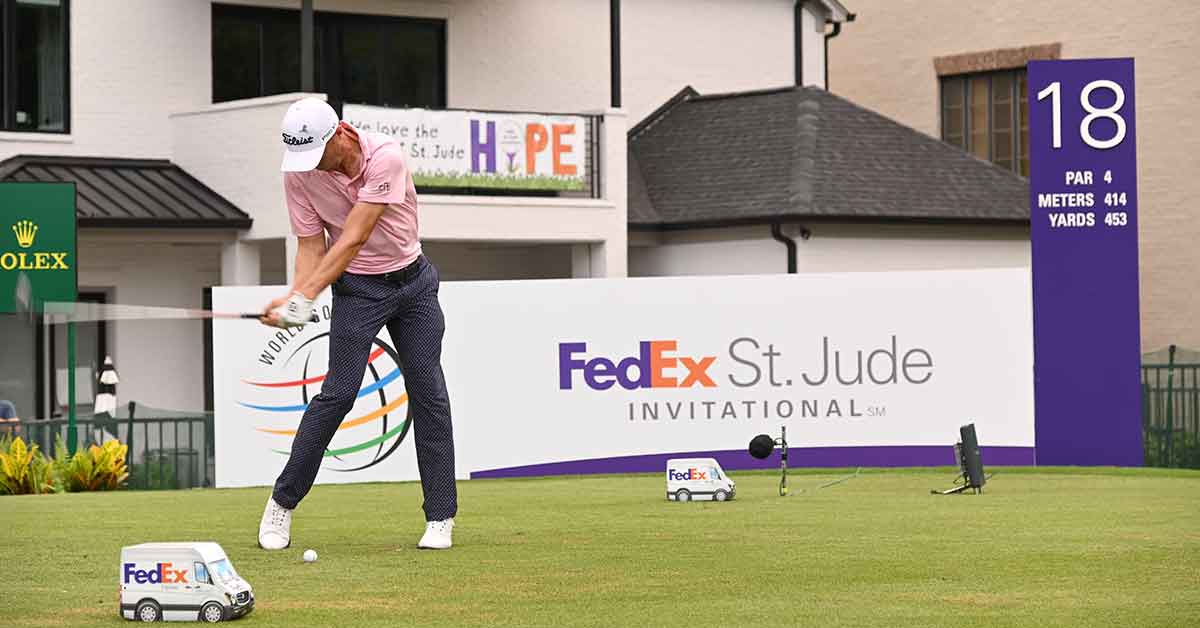How we transition from the backswing to the downswing is so critical to a clean strike because the slightest movement changes how we contact the golf ball.
The main reason amateur golfers tend to slice the ball is because the arms and hands move first in the downswing but there is a move you need to make before that happens. As we rotate our body to the top of the backswing, the body will naturally start to release as we near completion. A spinning top has to release in the opposite direction at some point.
When we post up on our right side (for right-handed golfers) the pressure we feel in our feet is predominantly on that side, running straight down our right leg. As we start the transition into the downswing, that pressure should begin to move into the left side so that when our lead arm and the club are parallel to the ground, 80 per cent of pressure has already shifted into the left leg. We want to post up on that left leg as the clubhead moves through the strike zone.
Through the downswing it is important to move the whole lead side back to the target then rotate left from there. That late snap of the hips towards the target as the clubhead releases is a tremendous source of power.
Next time you get to the top of your backswing, let the legs – and not the arms – lead the way.

Homework: All downhill
Try to play shots off a downhill lie. It’s next to impossible to create clean contact if your weight stays on your right side. Let the pressure in your feet lean down the hill and see what a difference that makes to your strike. That’s the sensation you want to create with every swing.
Jason Laws is an Australian Golf Digest instructor and NSW PGA Teaching Professional of the Year recipient
